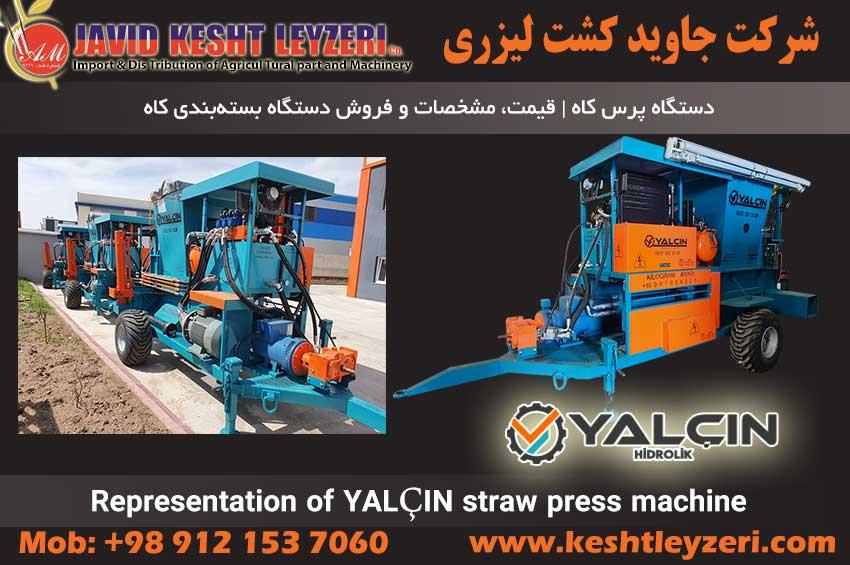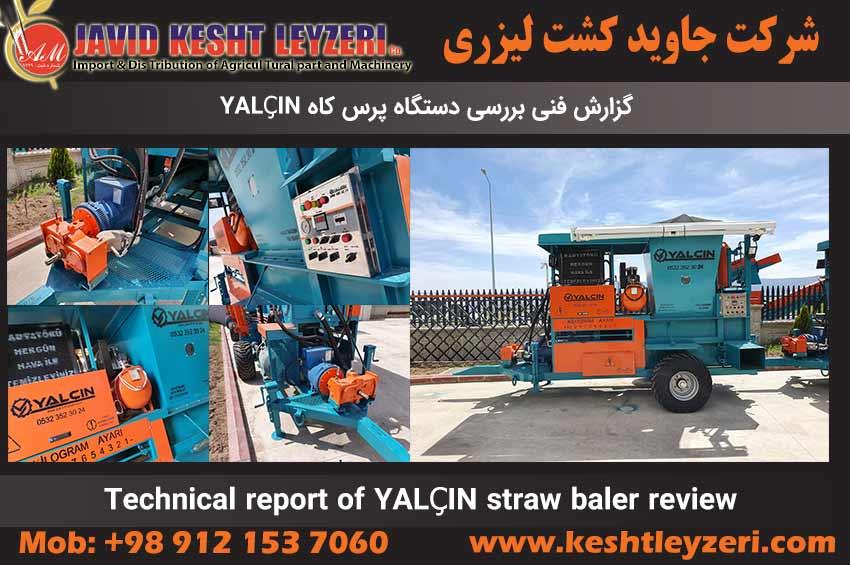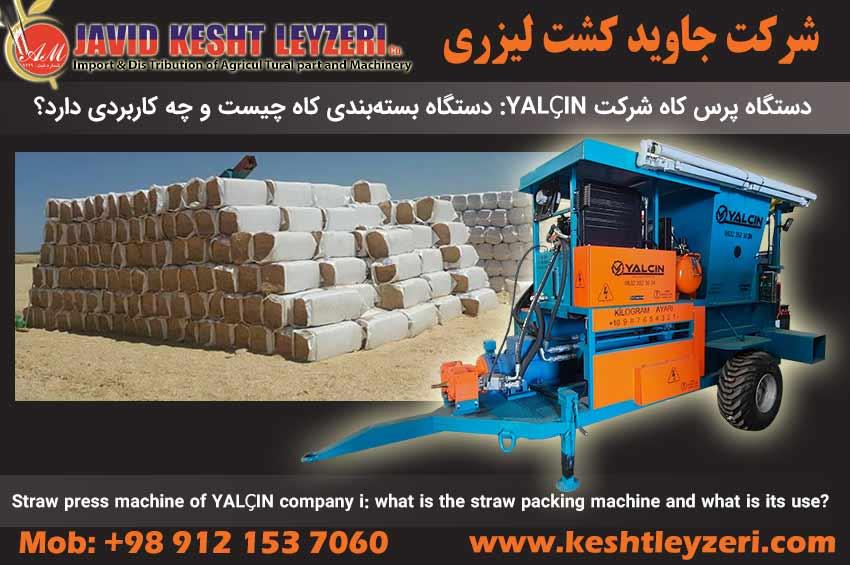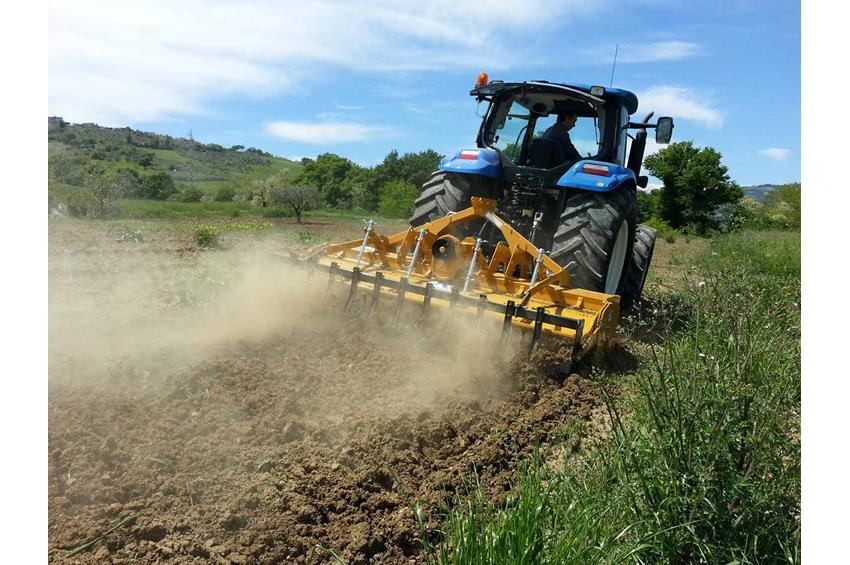
Introduction to Rotary tiller and Power harrows
JAVID KESHT LEYZERI COMPANY
Rotary tiller
A rotary tiller, also known as a rototiller, rotavator, rotary hoe, power tiller, or rotary plough (in US: plow), is a motorised cultivator that works the soil by means of rotating tines or blades. Rotary tillers are either self propelled or drawn as an attachment behind either a two-wheel tractor or four-wheel tractor. For two-wheel tractors they are rigidly fixed and powered via couplings to the tractors' transmission. For four-wheel tractors they are attached by means of a three-point hitch and driven by a Power Take-Off (PTO).
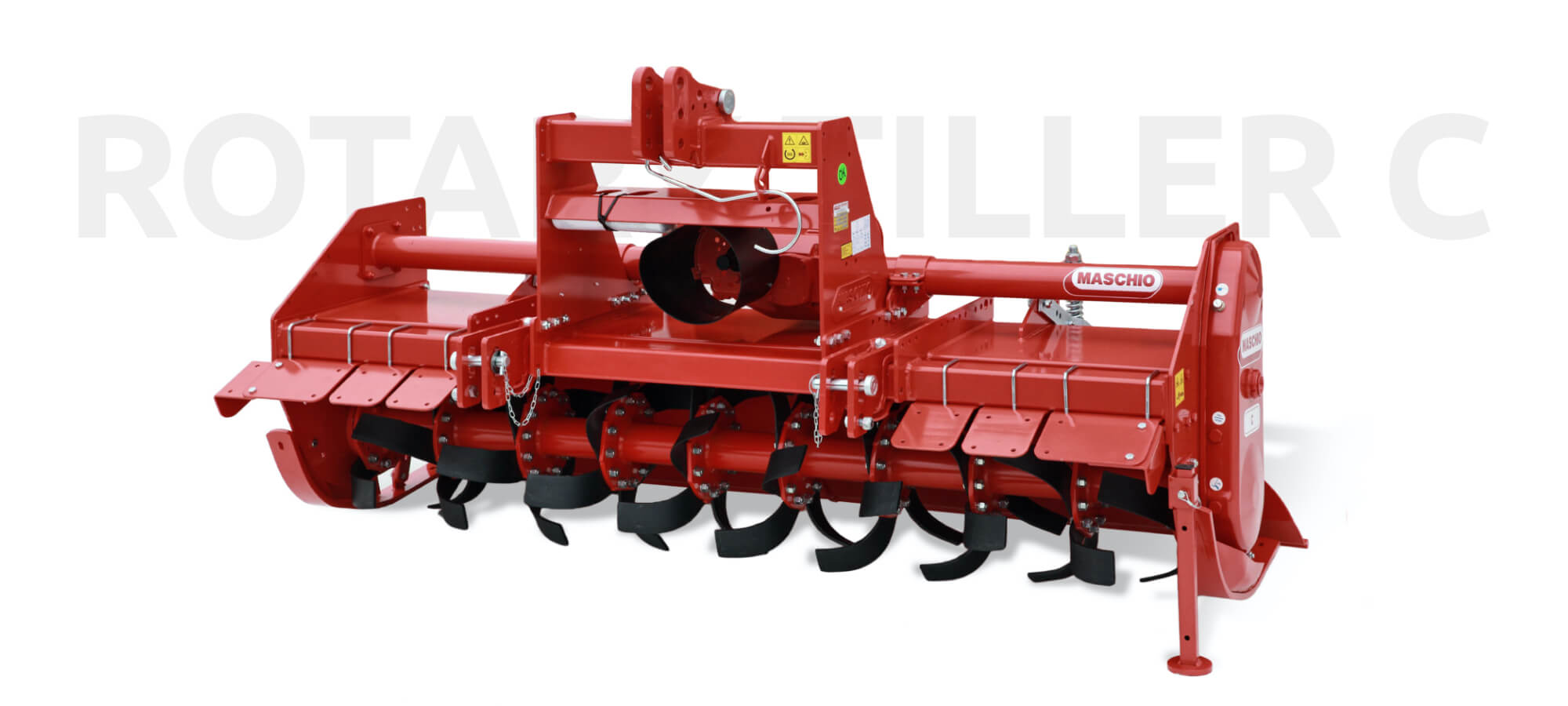
A rotary tiller uses a set of curved tines attached to a rotating shaft that is powered by your tractor’s PTO to dig into your garden soil, churning it into a fine, essentially clod-free seedbed. You can adjust the working depth of your tiller by adjusting the skid shoes. Generally speaking, the larger the tiller the greater the maximum working depth. In a large vegetable garden, however, tilling to a depth of no more than 6 inches (15.24 cm) should be sufficient.
When it comes to working width, you want a tiller that is at least as wide as the outside measurement of your rear tractor tires. Otherwise, you may end up with some areas in your garden that aren’t tilled as well as others. So make sure you pay attention to each pass, making sure you overlap each one.
If you’re starting a new garden, then ideally you plowed it in the fall and let the overturned soil mellow over the winter. Spring is the time to use the rotary tiller. Since this soil has never been tilled before, you should go over it two or three times until the soil is tilled 4 to 6 inches (10-15.24 cm) deep and is free of any large clods.
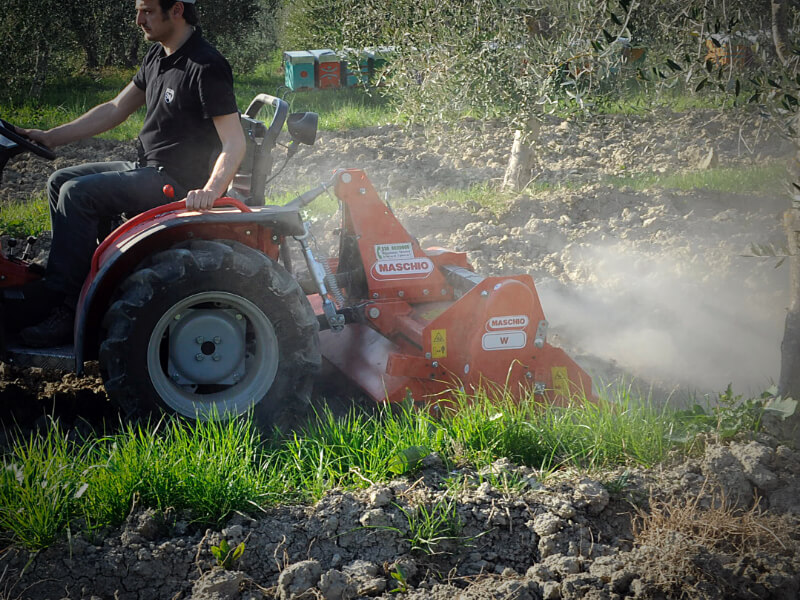
Whether you’re tilling a new garden or re-tilling one that perhaps hasn’t been planted in awhile, start slowly and don’t till too deep. Going too fast means your tiller won’t have time to grind the soil the way it should. Once you’ve been over the ground a time or two, you can increase your speed and working depth.
The tailgate on your tiller is also adjustable. A more open tailgate will allow larger dirt clods to come out, giving you a slightly coarser soil, and provide a less level surface. The type of soil you have and what you intend to plant will impact how coarse you want the seedbed to be.
And remember, always read the Operator’s Manual before operating any piece of equipment and follow all operating and safety instructions.
power harrow
“Active soil cultivation” refers to soil cultivation performed by a machine equipped with implements and driven by the power take-off shaft of a tractor.
Power harrows allmostly PTO-driven and consist of a series of bladed rotors which counter-rotate about a vertical axis.
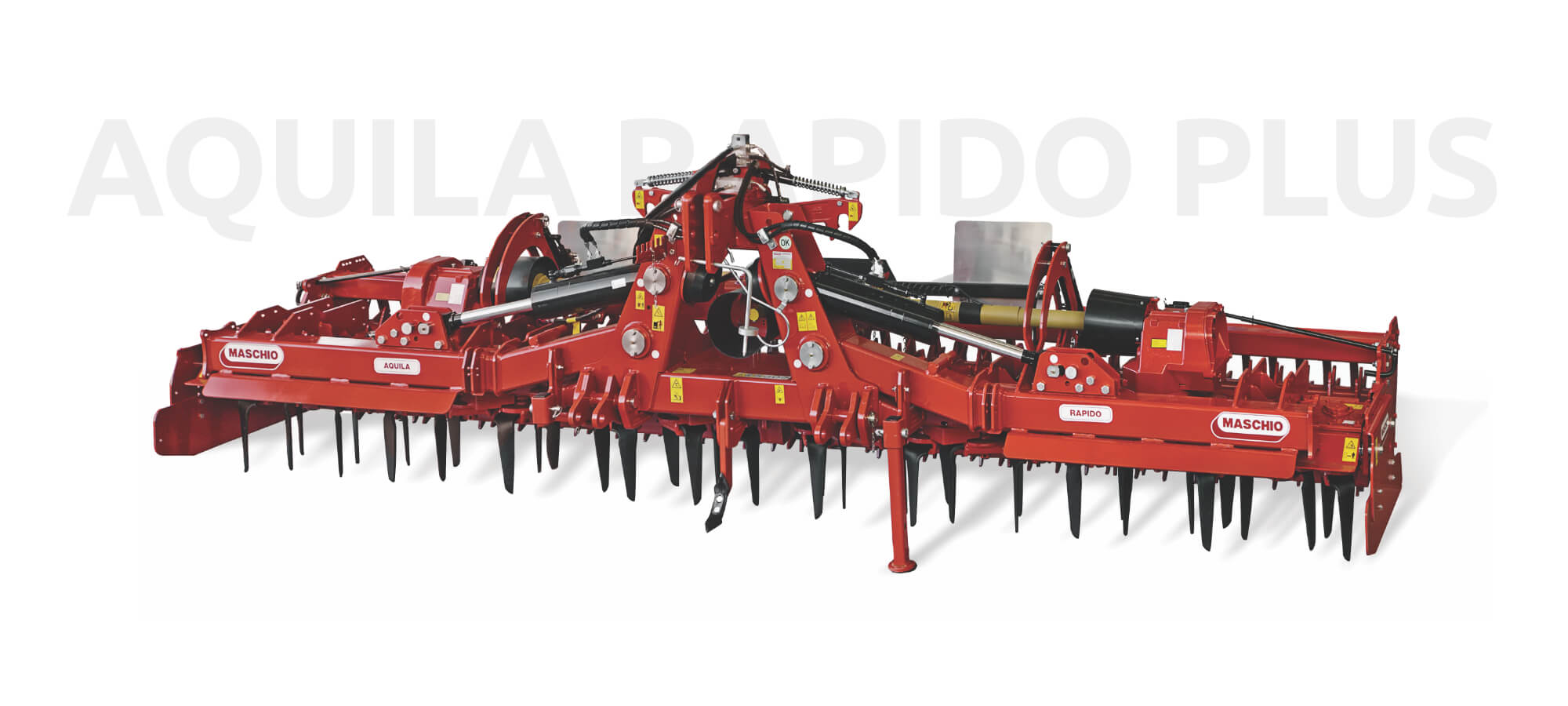
They can also be fitted with different types of rear rollers, which help the harrow follow the contours of the ground and enable the working depth to be adjusted.
Power harrows finely break up the soil, refining and evenly distributing it over the entire working width to create a perfect seed bed: they are generally used for secondary tillage after ploughing or subsoiling and can break up even the most compacted ground, often in a single pass.
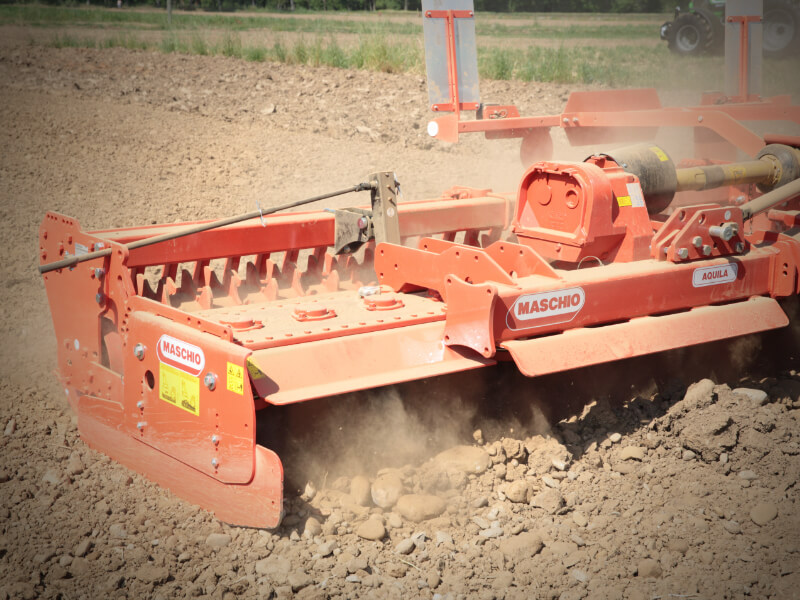
These machines are highly recommended from an agronomic point of view: they enable an extremely high crop yield since they do not invert soil layers, but rather help to maintain the soil’s natural composition, structure and biodiversity.
Furthermore these implements are most frequently used in combination with all types of seed drill, for soil cultivation and seeding in a single pass to limit operating costs, while preventing excessive soil compaction caused by repeated passes of the tractor.

